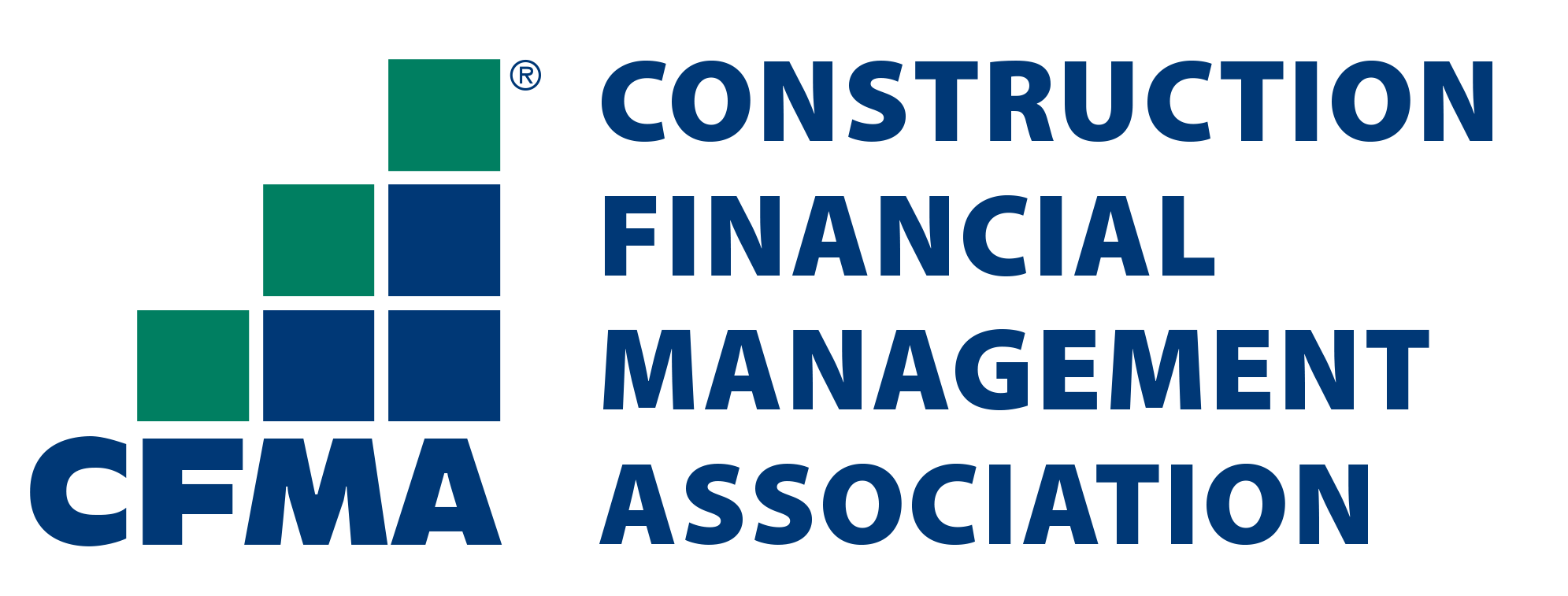
The Role of Financial Management Analysis in Risk Management
- August 13, 2024
- OHI

Financial management analysis is a cornerstone of effective risk management. In today’s complex and dynamic business environment, organizations face a multitude of financial risks that can impact their stability, profitability, and long-term success. Understanding and analyzing financial data provides insights that are crucial for identifying, assessing, and mitigating these risks. This blog explores how financial management analysis contributes to risk management, the methodologies used, and best practices for leveraging financial analysis to manage risks effectively.

Financial management analysis involves evaluating financial statements, metrics, and other data to assess an organization’s financial health and performance. This analysis encompasses a range of activities, including ratio analysis, trend analysis, and forecasting, aimed at understanding financial patterns and identifying potential risks. By scrutinizing financial information, organizations can make informed decisions, optimize resources, and mitigate risks.
Financial management analysis helps in identifying various types of financial risks that an organization may face. These include credit risk, market risk, liquidity risk, operational risk, and interest rate risk. By analyzing financial statements and key metrics, organizations can pinpoint areas of vulnerability and potential risk exposures.
Evaluating an organization’s financial health is essential for effective risk management. Financial management analysis provides insights into key indicators such as profitability, solvency, and liquidity. By understanding these indicators, organizations can assess their ability to withstand financial pressures and manage risks effectively.
Financial management analysis involves forecasting future financial performance and conducting scenario analysis to assess the impact of various risk factors. Forecasting helps predict future financial conditions based on historical data, market trends, and economic factors. Scenario analysis evaluates the potential impact of different scenarios on financial performance, helping organizations prepare for potential risks.

Financial management analysis plays a crucial role in evaluating the effectiveness of risk mitigation strategies. By analyzing the financial impact of various risk management initiatives, organizations can determine whether their strategies are effective and make necessary adjustments.
Financial management analysis provides valuable insights that enhance decision-making processes. By understanding financial data and potential risks, organizations can make informed decisions about investments, operations, and strategic initiatives.
Establishing robust financial reporting systems ensures accurate and timely data collection and analysis. Implement advanced accounting software and reporting tools to facilitate comprehensive financial analysis and reporting.
Financial models and forecasts should be regularly updated to reflect changes in market conditions, economic factors, and organizational performance. Periodic reviews and adjustments ensure that forecasts and scenarios remain relevant and accurate.
Integrate risk management and financial analysis processes to ensure a holistic approach to managing financial risks. Collaborate with risk management teams to align financial analysis with risk mitigation strategies and objectives.
Identify and monitor key risk indicators that provide early warning signals of potential financial issues. Track metrics such as liquidity ratios, credit quality, and market performance to proactively address emerging risks.
Perform regular risk assessments to evaluate the organization’s exposure to financial risks and the effectiveness of risk mitigation strategies. Use financial analysis to support risk assessment processes and identify areas for improvement.
Promote a culture of risk awareness within the organization by educating employees about financial risks and the importance of financial management analysis. Encourage a proactive approach to risk identification and management.
Utilize data analytics and advanced technology to enhance financial management analysis. Implement tools for real-time data analysis, predictive analytics, and automated reporting to improve accuracy and efficiency in risk management.
Stay informed about best practices, industry trends, and emerging risks through continuous learning and professional development. Regularly review and update financial management practices to adapt to evolving risk environments.
Financial management analysis plays a pivotal role in risk management by providing insights into financial health, identifying potential risks, and evaluating the effectiveness of risk mitigation strategies. By leveraging financial analysis techniques such as forecasting, scenario analysis, and performance evaluation, organizations can enhance their ability to manage financial risks effectively. Implementing best practices, integrating financial analysis with risk management, and utilizing advanced technology contribute to robust risk management processes and overall organizational success. Understanding and applying financial management analysis is essential for navigating financial uncertainties and achieving long-term stability and growth.
Contact us for a customized NO OBLIGATION proposal for outsourcing your accounting activities.









